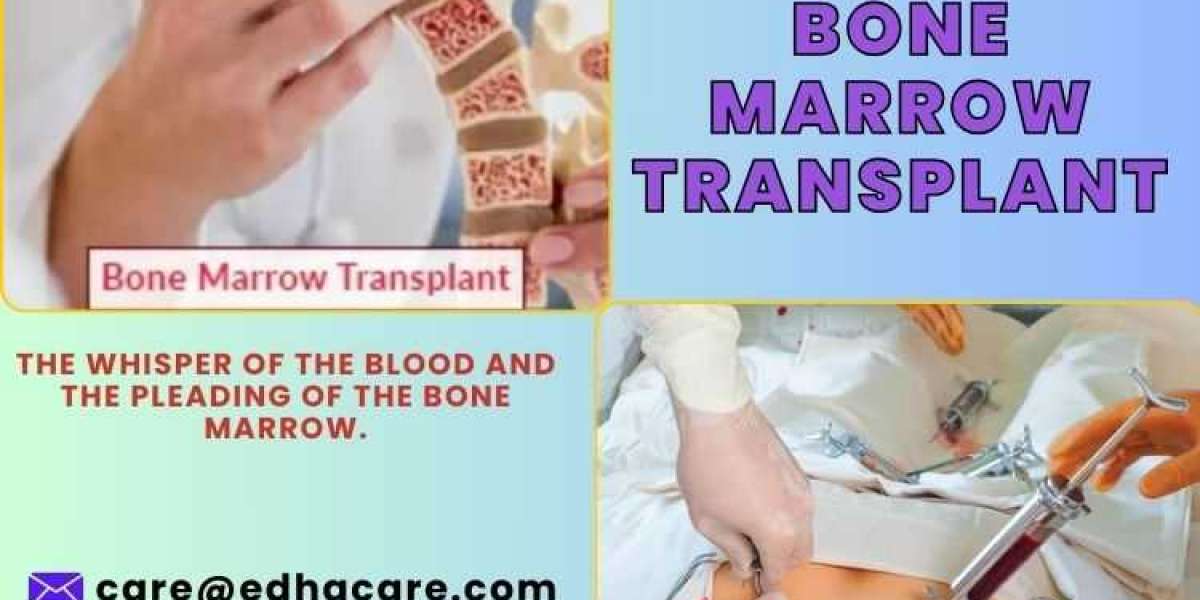Bone marrow transplant (BMT) is a lifesaving intervention for patients with diseases such as leukemia, lymphoma, and other blood diseases. Although the transplant itself is a critical process, the recovery process is also vital and may be long. Knowing the recovery period and care procedures is important for patients and caregivers.
Understanding Bone Marrow Transplant Recovery
Recovery from a bone marrow transplant is not immediate. The body slowly replenishes healthy blood cells and recovers the immune system. Various factors such as transplant type (autologous or allogeneic), general health, and post-transplant management impact recovery time. Bone marrow transplant recovery tends to be in stages, from the initial few weeks following the procedure to months or even years.
Immediate Post-Transplant Phase (0-30 Days)
The first month after transplant is critical. Patients remain under close medical supervision, often in isolation, to prevent infections and monitor complications. Key aspects of this phase include:
- Engraftment: This occurs when the transplanted stem cells begin producing new blood cells. Engraftment usually happens within 10-28 days post-transplant, depending on the type of transplant and donor match.
- Low Immunity: The immune system is severely weakened, increasing the risk of infections.
- Side Effects Management: The patient can suffer from nausea, vomiting, oral mucositis, fatigue, and graft-versus-host disease (GVHD) if the patient underwent an allogeneic transplant.
- Frequent Monitoring: Regular blood checks and physical examinations are performed to monitor improvement.
Most patients remain in the hospital for 3-4 weeks after the BMT transplant until their health stabilizes.
Early Recovery Phase (1-6 Months)
Following discharge from the hospital, patients are in the early recovery phase, where they need careful monitoring and adjustment of lifestyle. Some of the important features of this phase are:
- Immune System Recovery: Although the immune system begins to recover, it is still vulnerable. Patients should avoid public gatherings, ill people, and germs.
- Medication Management: Immunosuppressive medications may be given, especially to allogeneic transplant recipients, to avoid GVHD.
- Regular Medical Checkups: Patients need frequent hospital visits (weekly or bi-weekly) for monitoring blood counts and overall health.
- Dietary Restrictions: A nutrient-rich, well-balanced diet is essential to support healing. Raw foods and unpasteurized dairy products should be avoided to prevent infections.
- Fatigue and Energy Management: Tiredness is common, and patients are encouraged to engage in light physical activities to regain strength gradually.
By six months after bone marrow transplant, most patients begin to feel more powerful, yet complete immune recovery is still in progress.
Long-Term Recovery Phase (6 Months to 1 Year and Beyond)
Six months to a year, patients are rebuilding immune function. The major components of this phase are:
- Vaccinations: Because BMT recipients have lost prior immunity, they need revaccination beginning about 12 months after transplant.
- GVHD Monitoring: If GVHD was a worry previously, continuous treatment and monitoring might be needed.
- Slow Return to Regular Life: Most patients can return to work or school within 6-12 months, depending on their overall health and energy levels.
- Emotional and Psychological Adjustment: Some patients can become anxious or depressed. Support groups and counseling may be helpful.
Complete recovery may take one to two years, particularly for recipients of allogeneic bone marrow transplants.
Factors Affecting Recovery Time
Each patient's recovery is different, based on factors such as:
- Transplant Type: Autologous transplants tend to have shorter recovery times compared to allogeneic transplants because there are fewer chances of complications like GVHD.
- Age and Overall Health Status: Younger, healthier patients tend to recover faster.
- Post-Transplant Management: Compliance with medical instructions, medications, and lifestyle changes can greatly influence recovery time.
- Complications: If there are infections, GVHD, or organ injury, healing can take longer.
Tips for a Smooth Recovery
- Follow Medical Advice: Adhere to medication, check-ups, and hygiene precautions.
- Eat a Healthy Diet: Consume nutrient-dense foods to enhance immune function and energy.
- Stay Hydrated and Rest Well: Adequate hydration and rest are necessary for healing.
- Participate in Gentle Physical Activity: Walking and light exercises enable the regaining of strength without overexertion.
- Seek Emotional Support: Family support, counseling, and support groups from patients can assist in managing the emotional burden of recovery.
Conclusion
Recovery from bone marrow transplant is a slow process that necessitates patience, medical guidance, and care of oneself. Although the first 30 days are most significant, it takes months to years to get back to complete normalcy. With adherence to medical recommendations, proper healthy living, and seeking support, patients can enhance recovery results and their quality of life post-transplant.
For more information visit the official site:: https://www.edhacare.com/treatments/organ-transplant/bone-marrow











